The tomb of Pharaoh Seti I is one of the longest, deepest, most beautifully decorated tombs in the "Valley of the Kings" in Egypt.
The "Valley of the Kings" is located in the city of Luxor, southern Egypt, a famous tourist destination of the country on the Nile River. This area owns a "collection" of ancient tombs of pharaohs such as the tomb of Ramesses VI (KV9), the tomb of Tutankhamun. The ancient structure considered to have the "most spectacular" space in the Valley of the Kings is the tomb of Seti I, denoted as KV17.
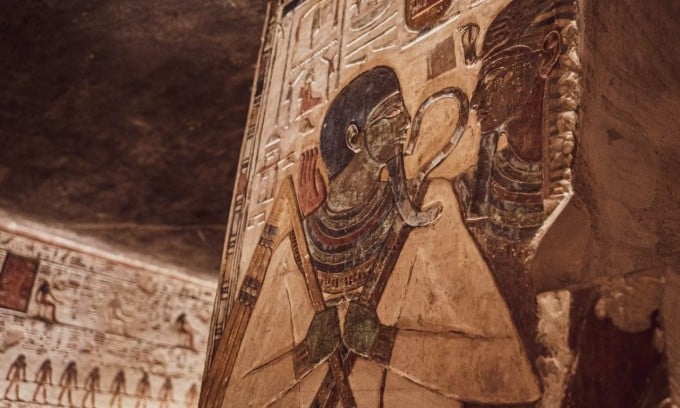
The walls and pillars are covered with hieroglyphs in the tomb of Seti I. Photo: Unsplash
Pharaoh Seti (or Menmaatre Seti I) was one of the most famous kings of the New Kingdom of Egypt, a period of ancient Egyptian history that lasted from the mid-16th century BC to the 11th century BC. Historical records indicate that he reigned for 12 or 15 years (c. 1294–1279 BC) and paved the way for his son, Pharaoh Ramesses II, to become one of the greatest pharaohs of the New Kingdom.
The tomb of Seti I is considered by archaeologists to be the longest tomb in the entire royal necropolis, at about 137 meters. The resting place of this pharaoh is also considered to be the most ornate and lavishly decorated tomb in the history of ancient Egyptian tombs. The tomb was discovered by Italian archaeologist and explorer Giovanni Battista Belzoni on October 16, 1817. At that time, the tomb still contained burial objects, but the jewels and precious stones were all stolen.
In addition, inside the tomb, there are still delicately hand-painted walls, decorated with many vividly colored motifs. The tomb also has paintings depicting scenes of daily life, and elaborately carved reliefs, taking visitors "back to the golden age of ancient Egyptian history".
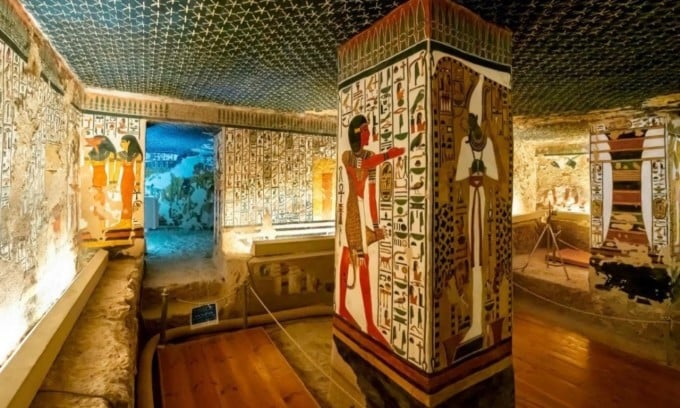
The great hall area of Seti I's tomb. Photo: Kirk Fisher
Seti's tomb is the first to feature a vaulted ceiling burial chamber. The complex has 17 chambers and annexes. A section of the tomb, known to archaeologists as corridor K, is still being excavated and holds many mysteries.
According to experts, the tomb of Pharaoh Seti I was severely damaged after research in the 19th century. In 1828-1829, French archaeologist Jean-Francois Champollion removed some wall panels in the tomb. The decorations of the ceiling, walls, and pillars were also damaged after the research. The "pieces" of this tomb are now on display at museums in Berlin (Germany), Paris (France) or Florence (Italy).
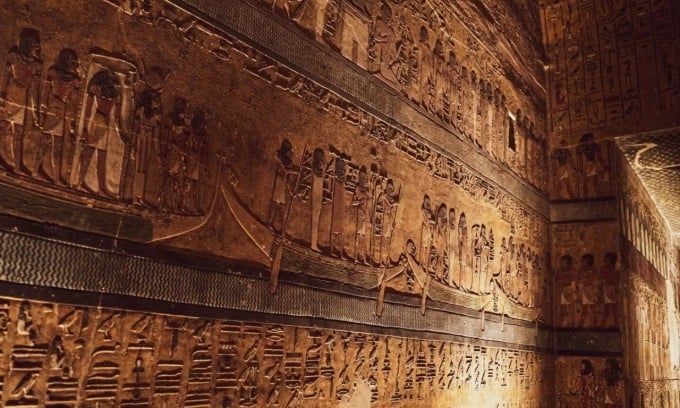
[The hieroglyphs in the tomb are well preserved. Photo: Unsplash
The coffin of this pharaoh was also brought to London, England in the 1820s. Currently, the coffin of Pharaoh Seti I is displayed in the basement of the Sir John Soan Museum, London. This place is open to visitors for free. The coffin is carved from plaster, engraved with hieroglyphs, and is amulets and rituals "to help the pharaoh pass to the afterlife".
The tomb of Pharaoh Seti I is currently open to visitors from 6am to 6pm. Visitors can purchase a ticket to the Valley of the Kings for $13, which allows them to visit any three tombs except those of Seti I, Tutankhamun and Ramesses VI. These three tombs have additional entrance fees, and the fee to visit Seti I's tomb is $45.
Bich Phuong (According to Travel )
Source link


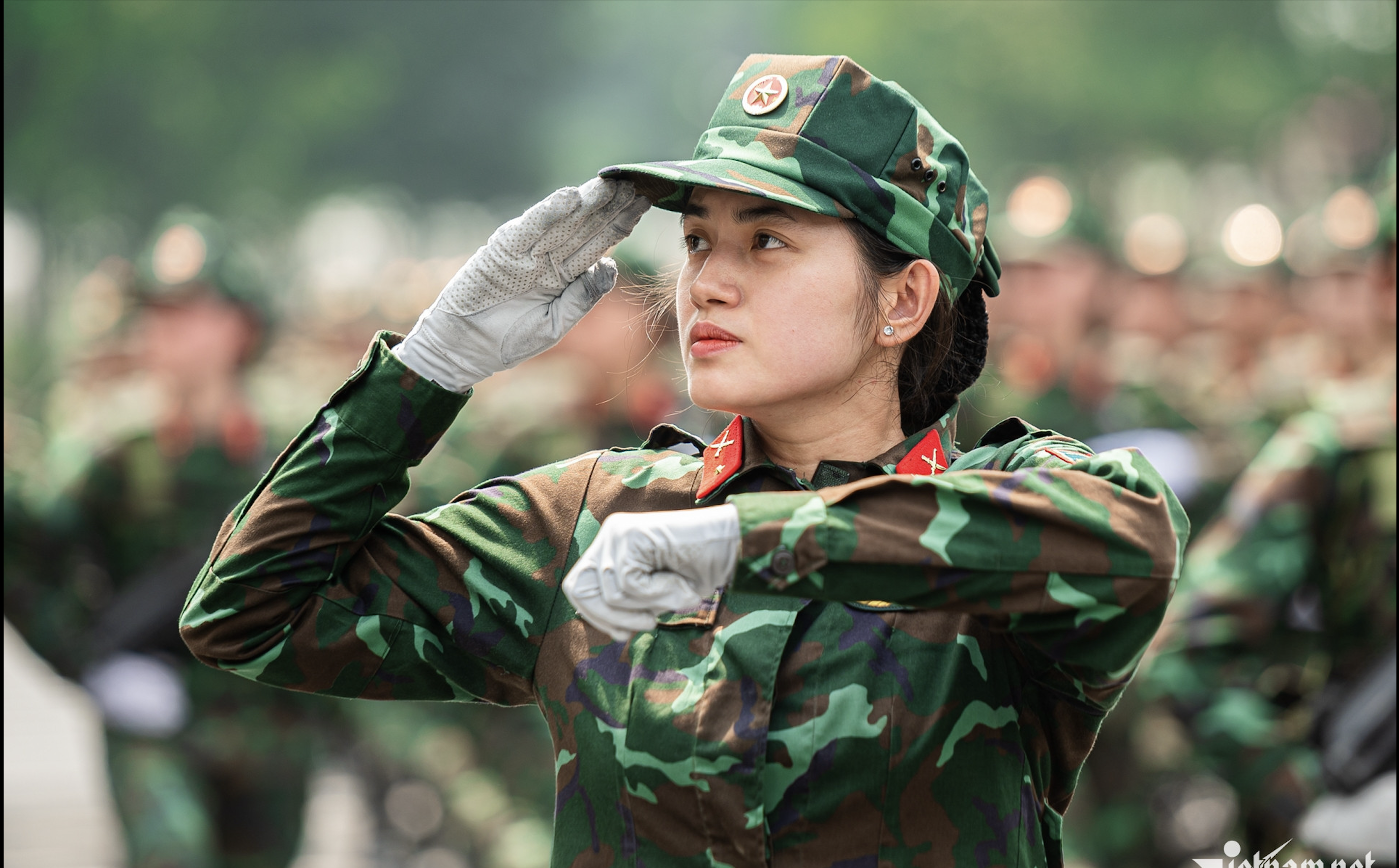

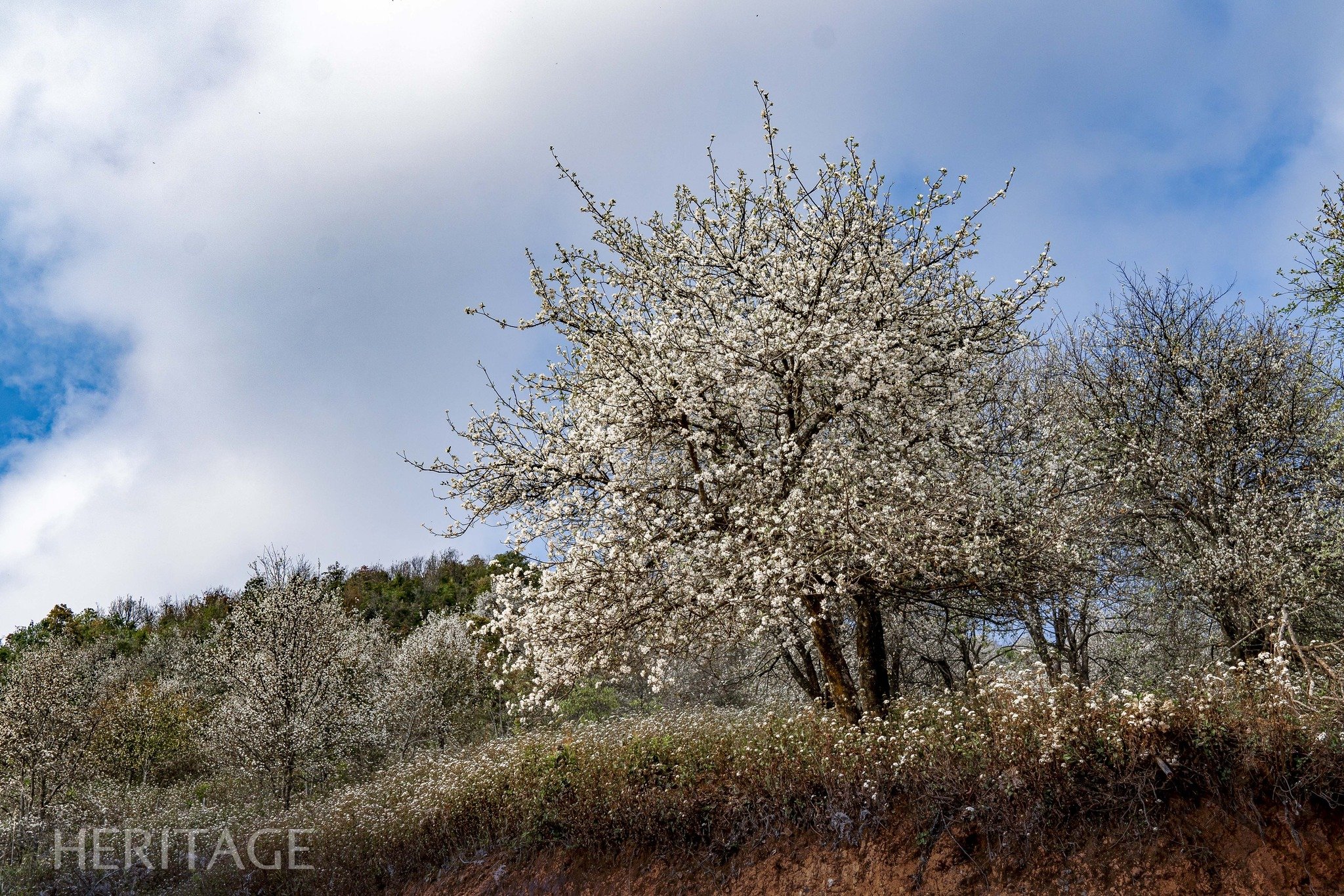
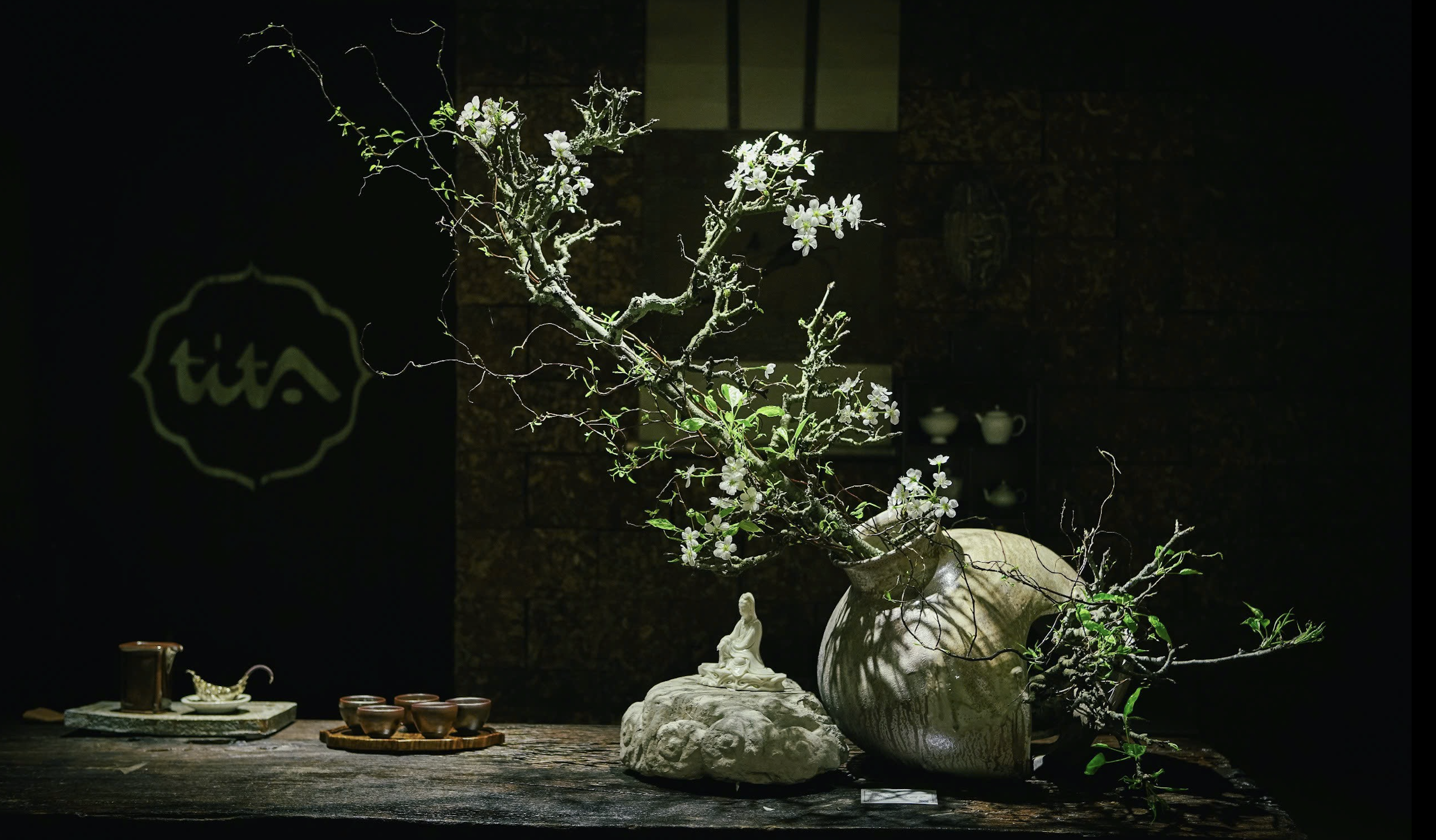

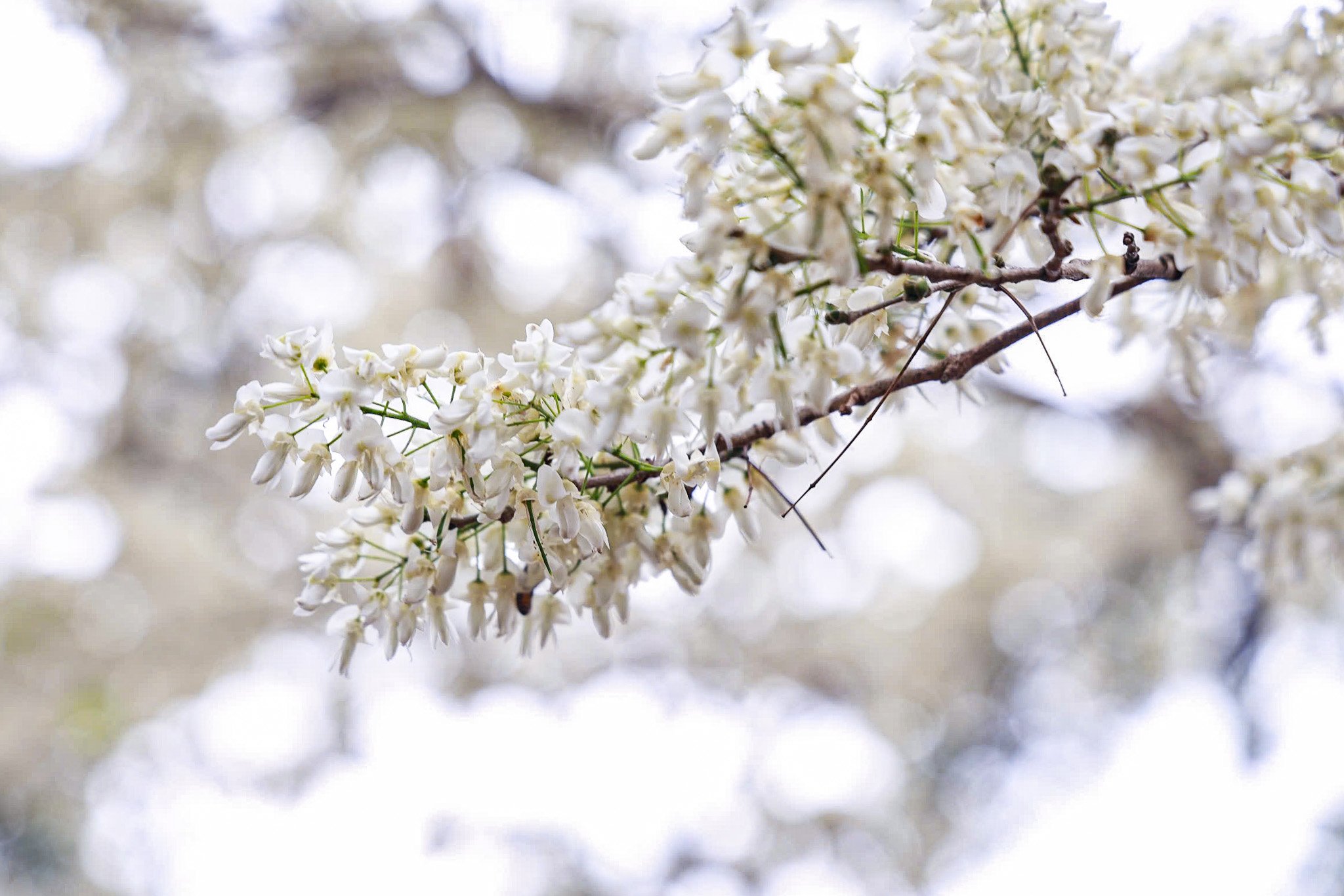
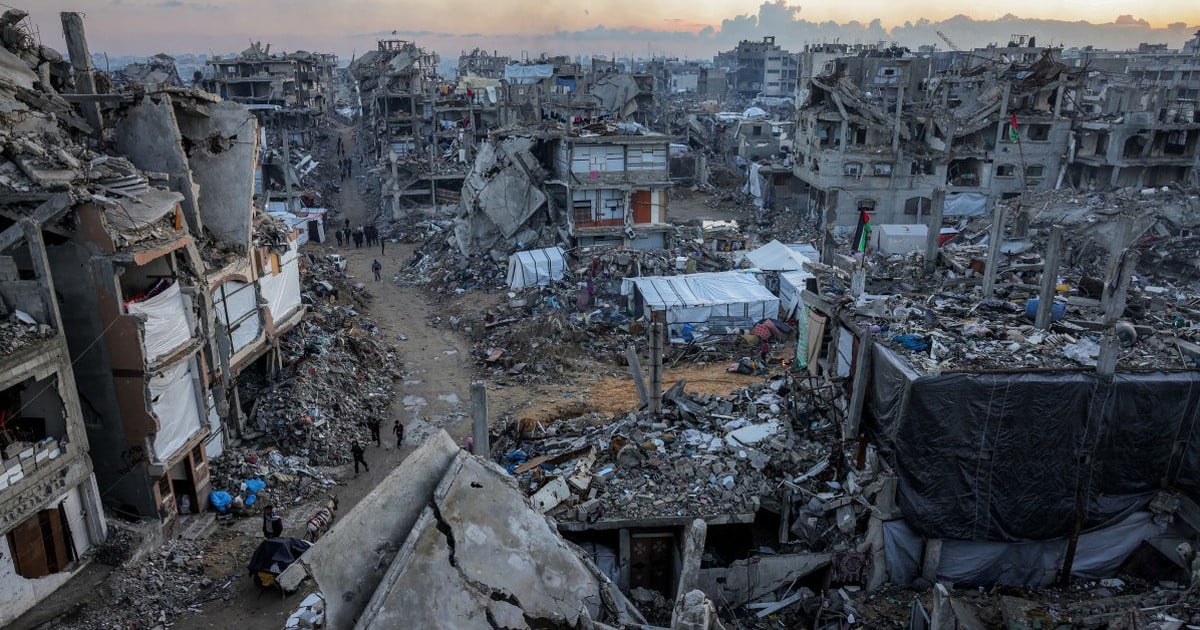

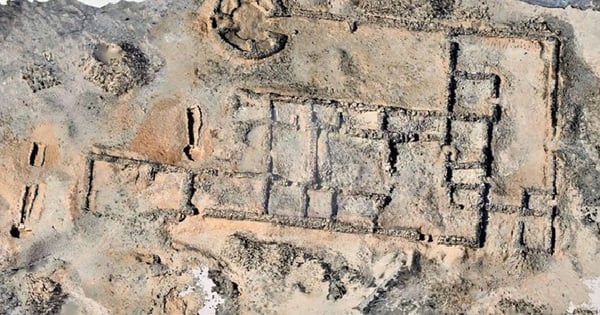



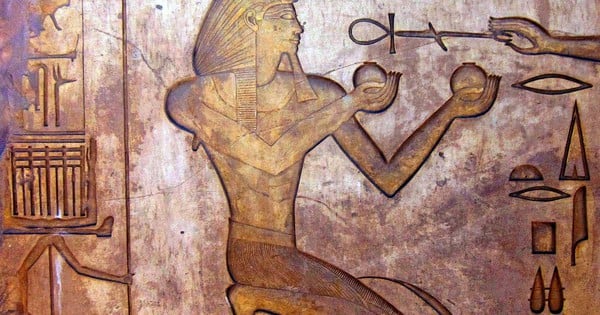
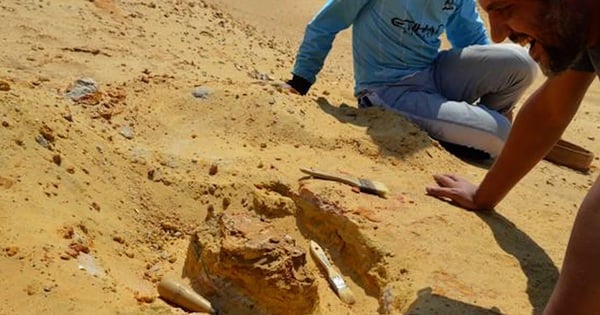
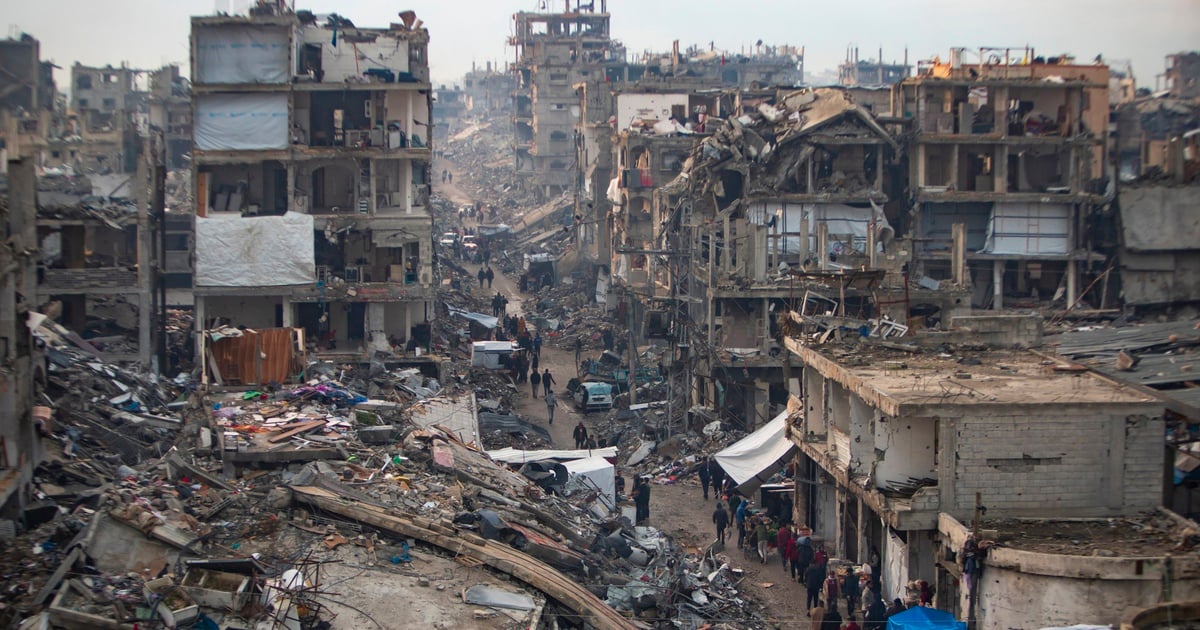



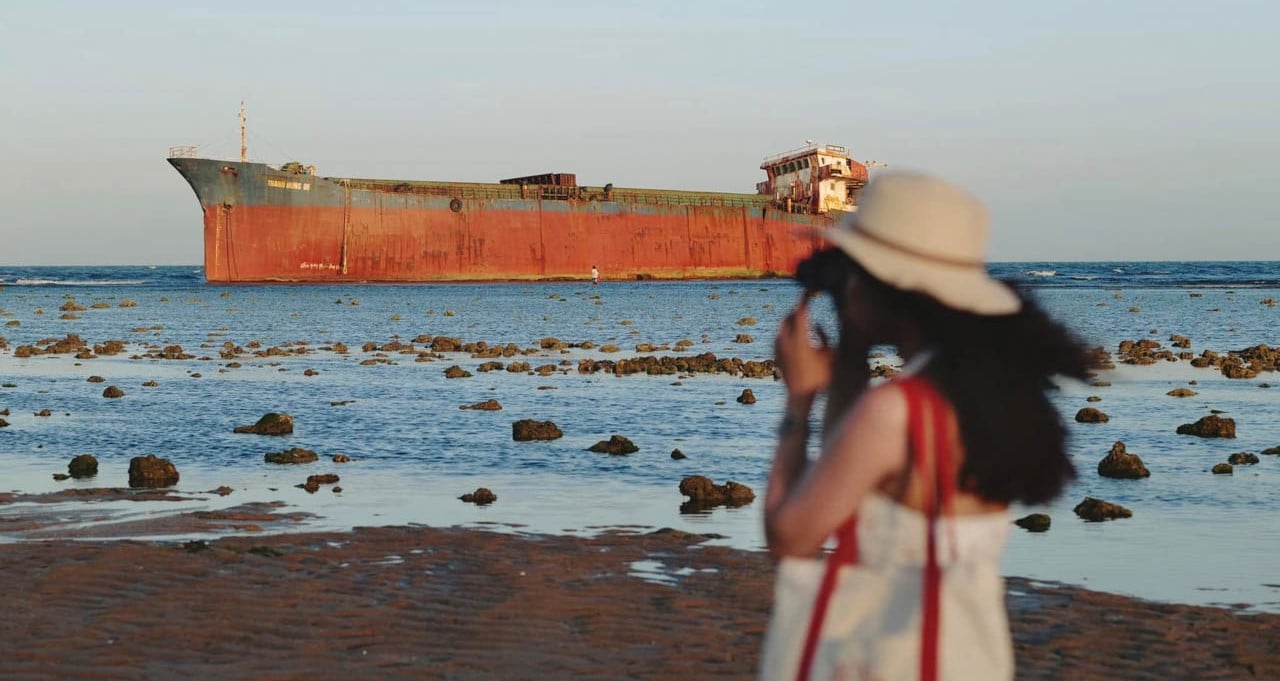


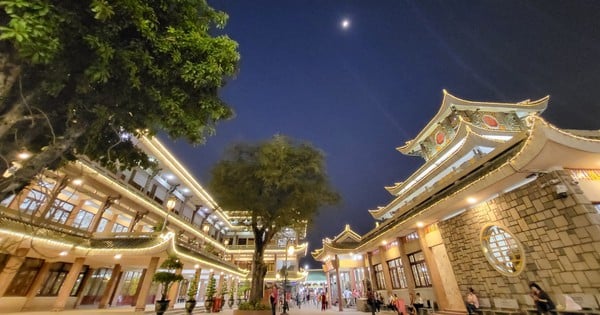

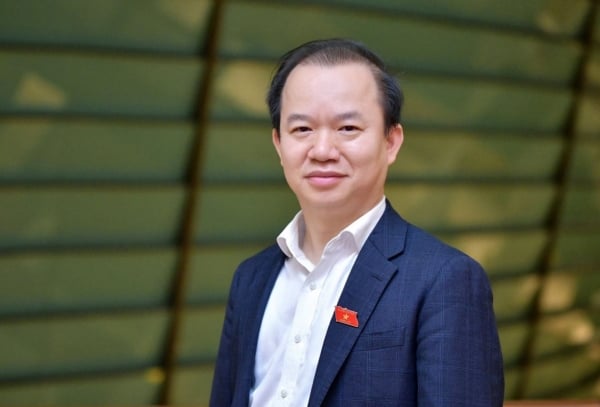


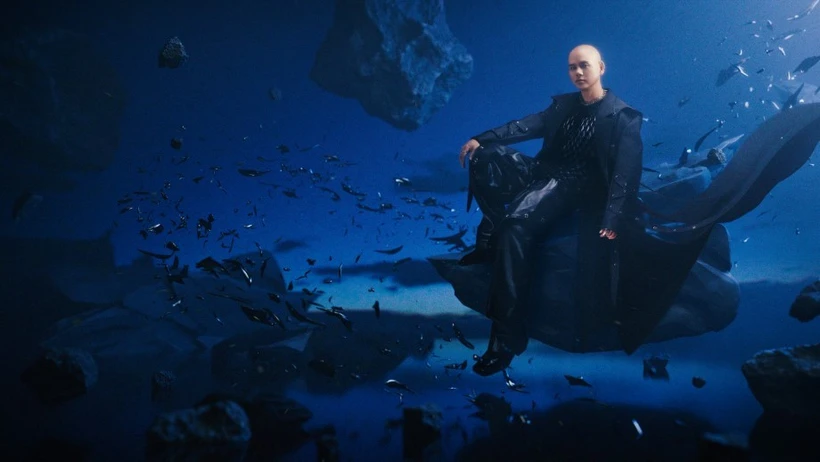








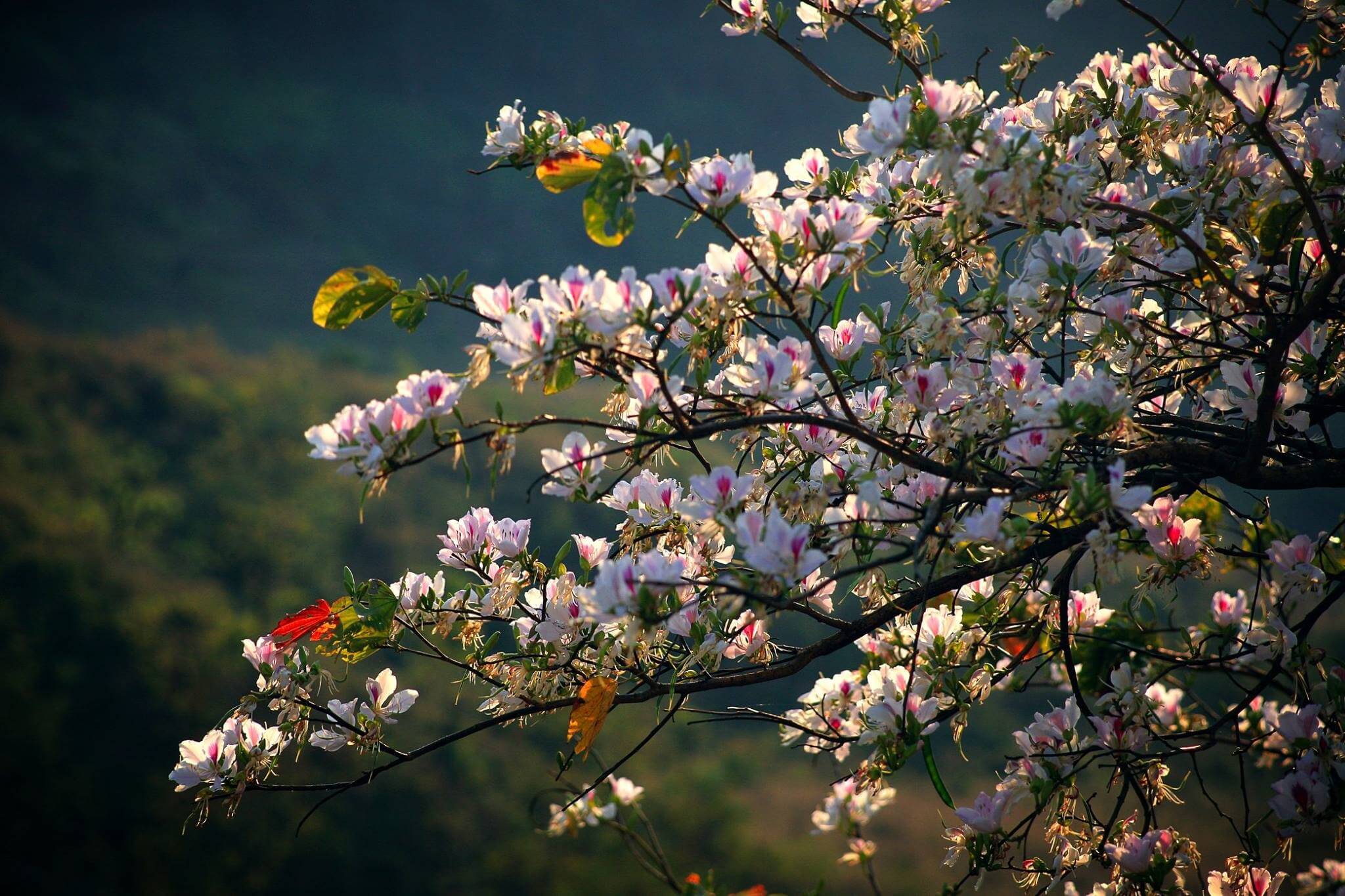


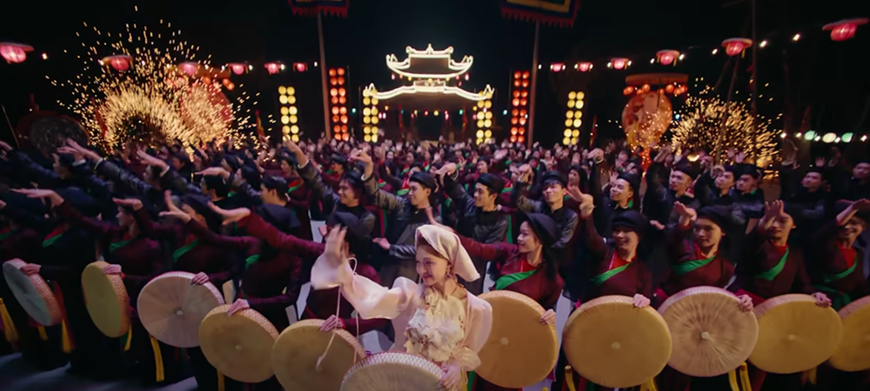

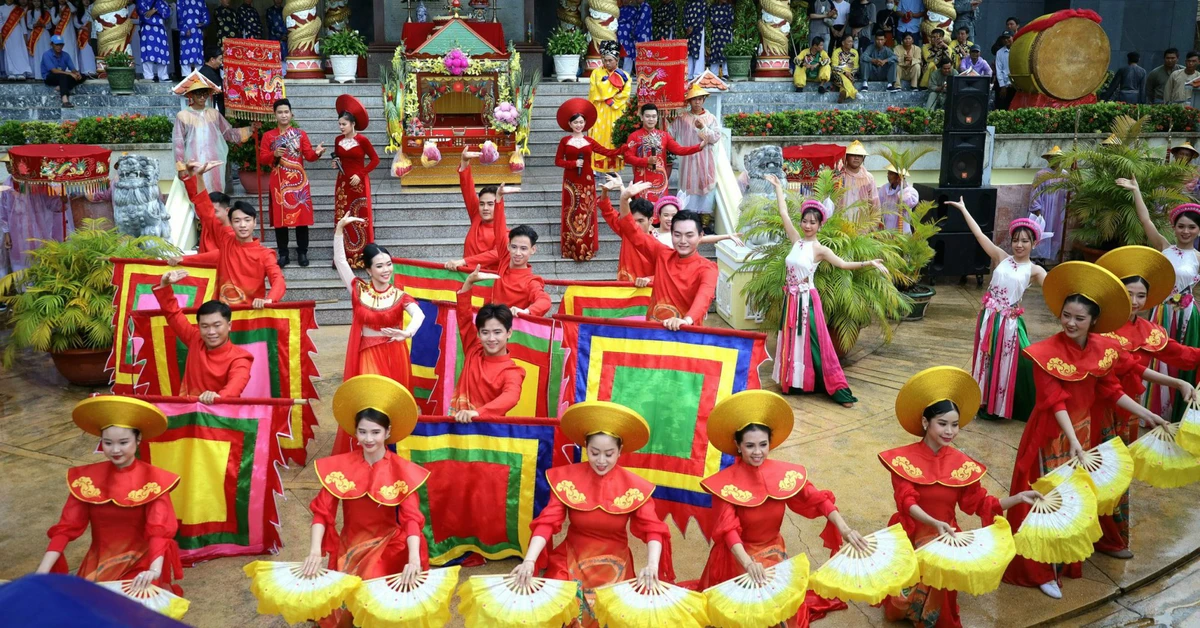

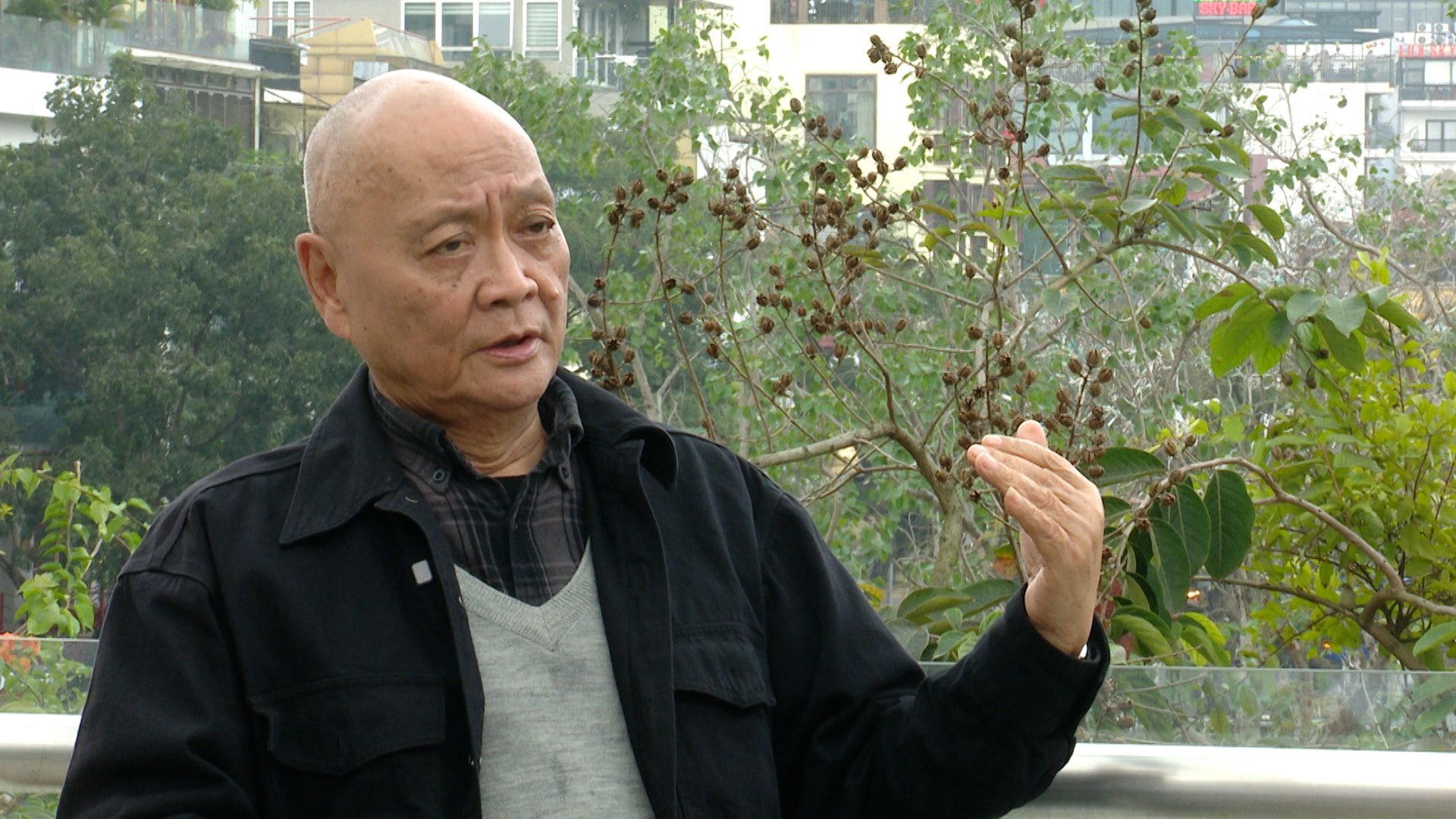

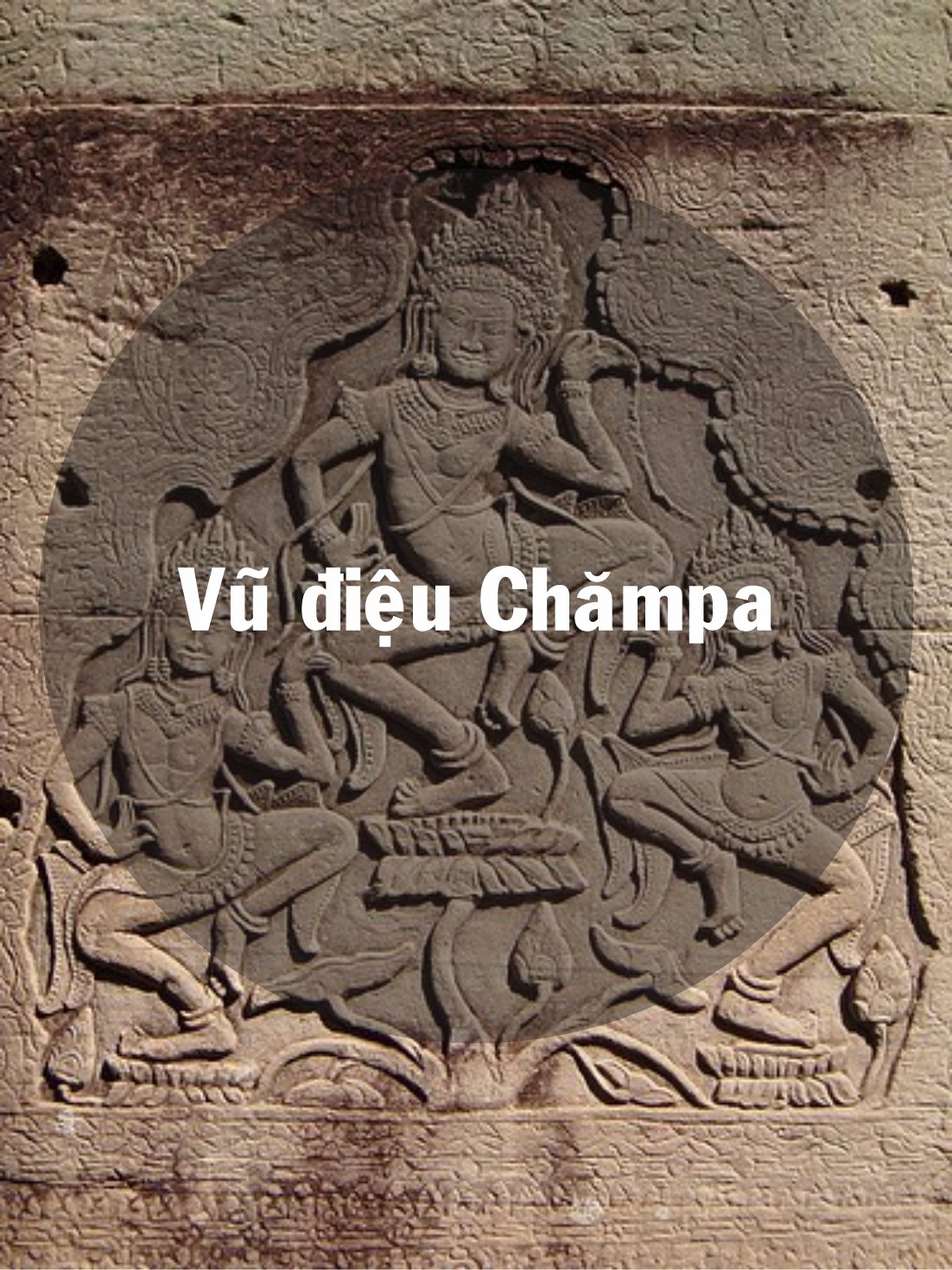








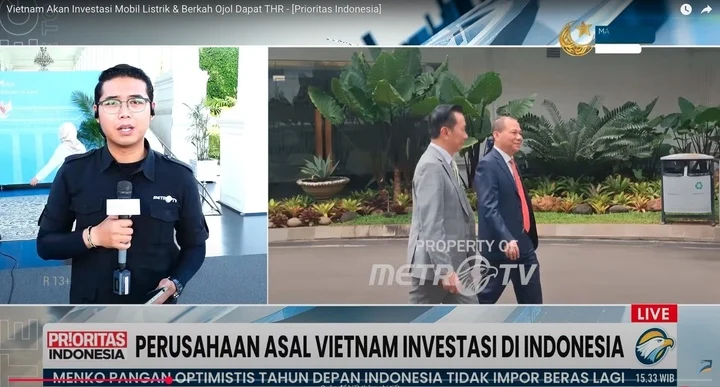


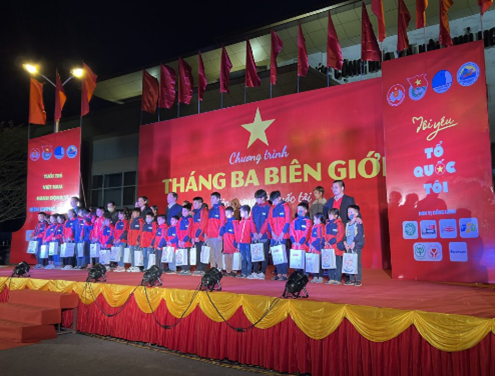





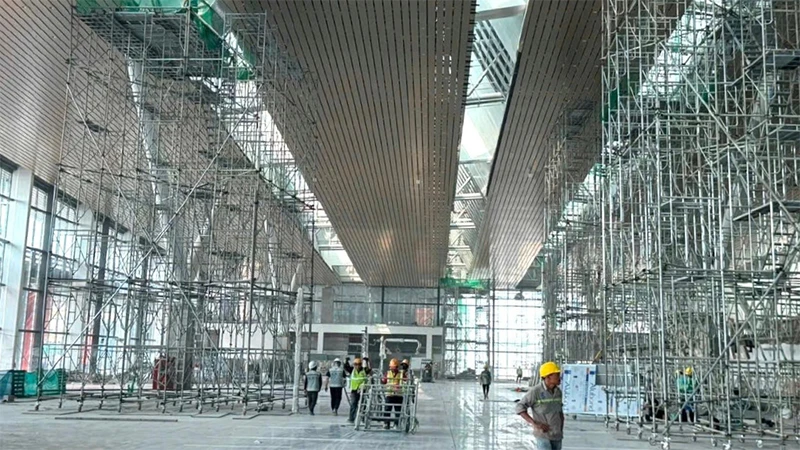



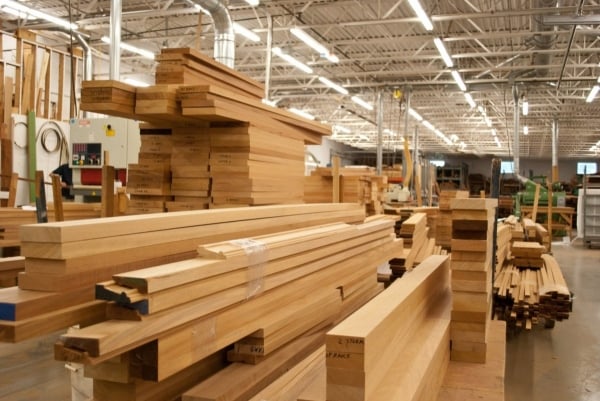




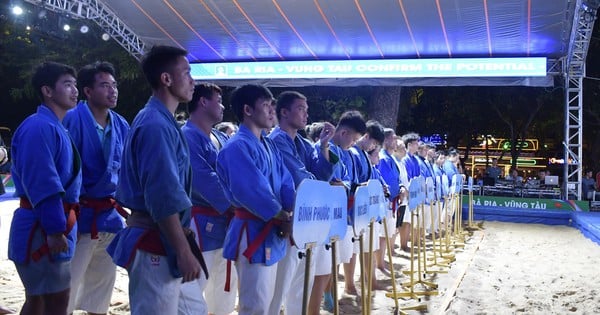

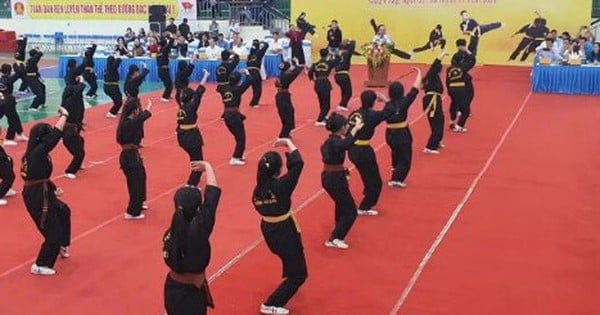
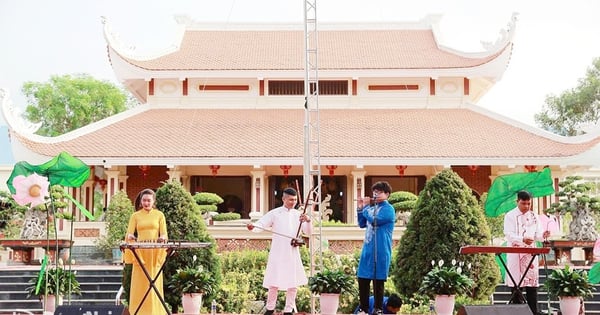





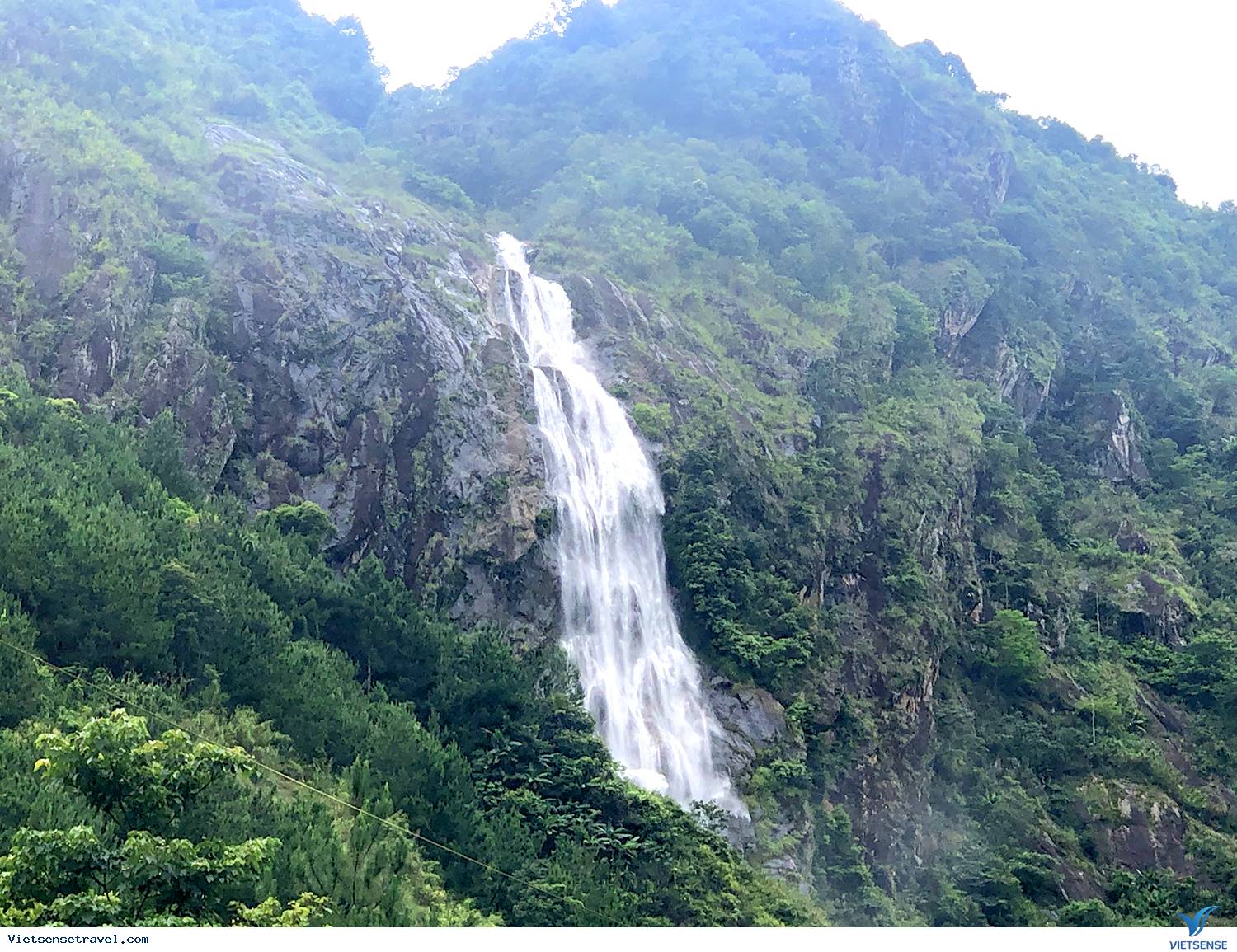



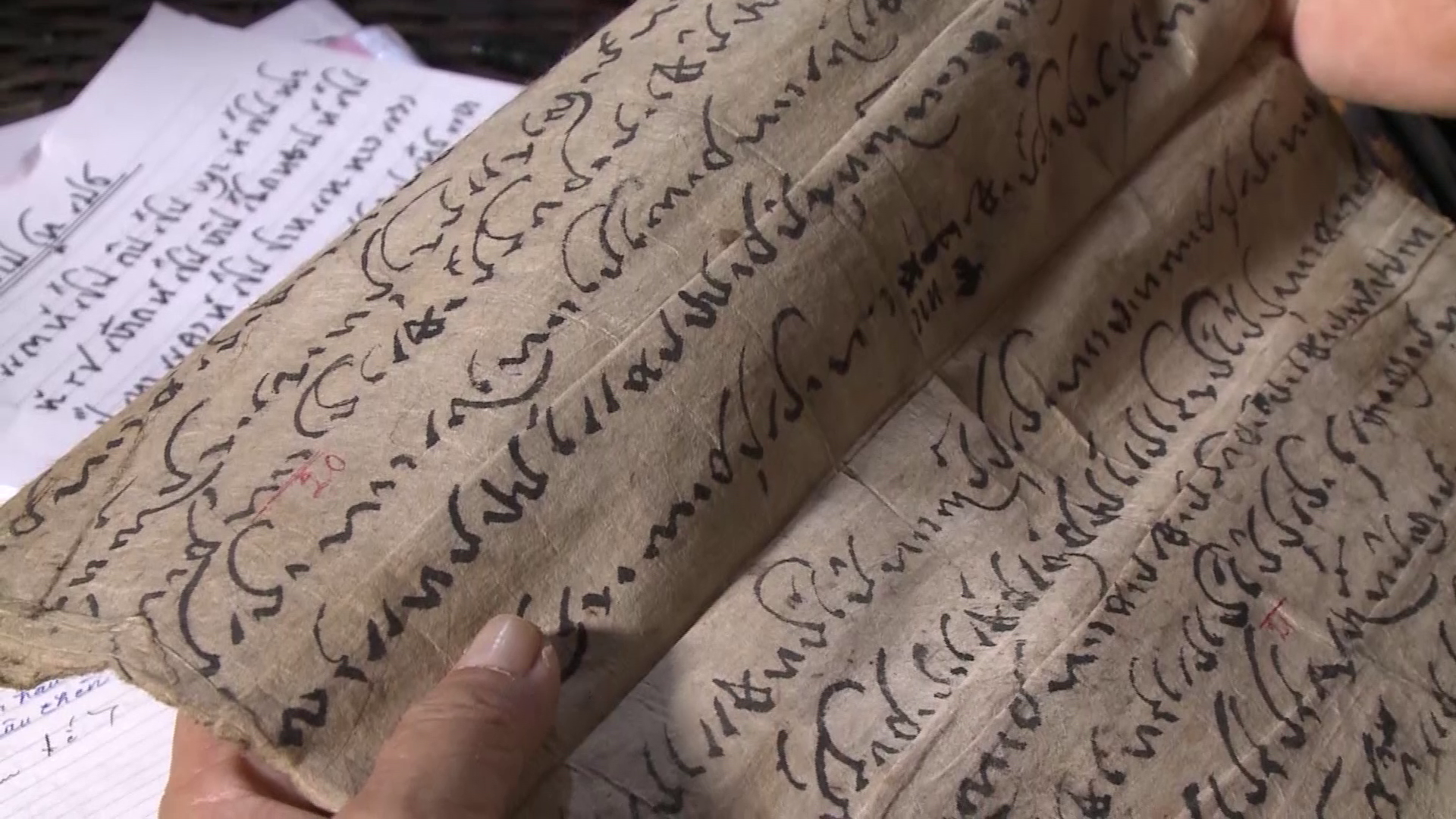
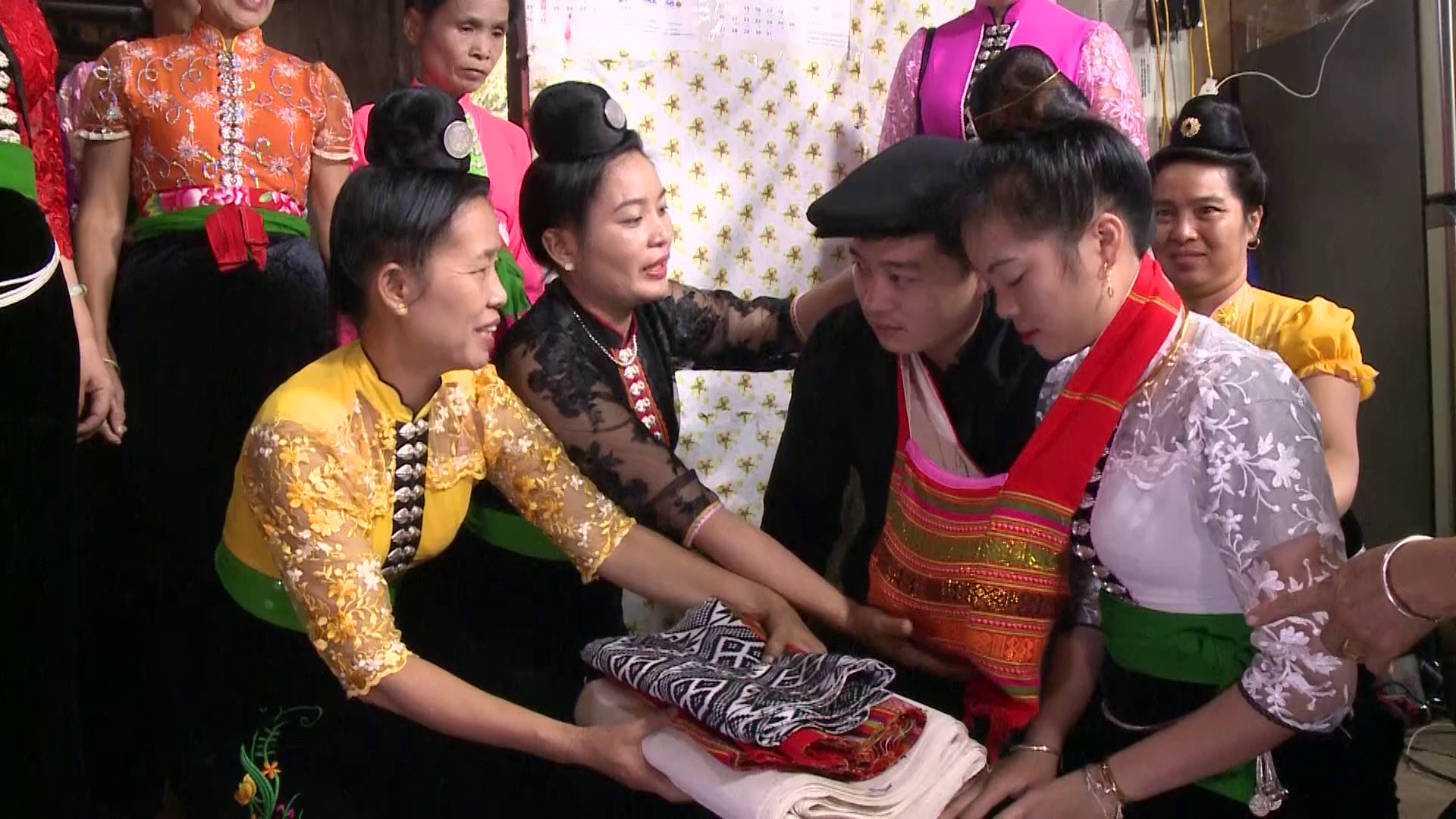



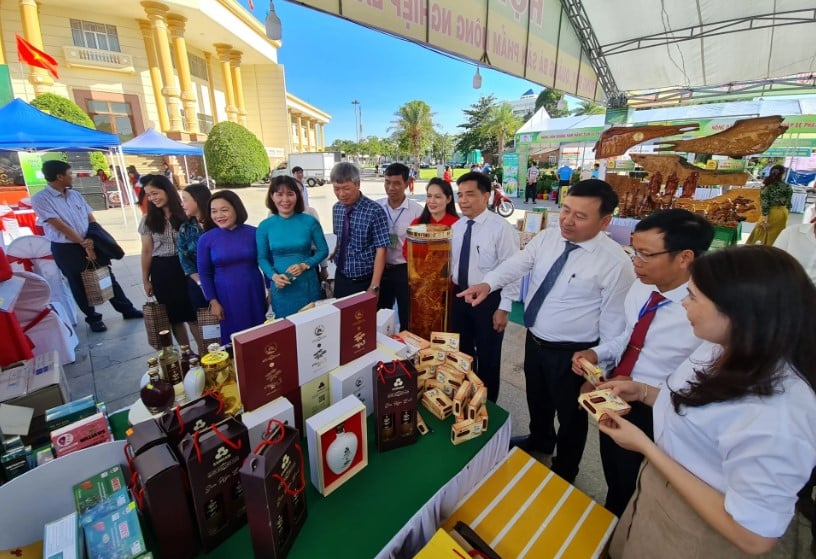

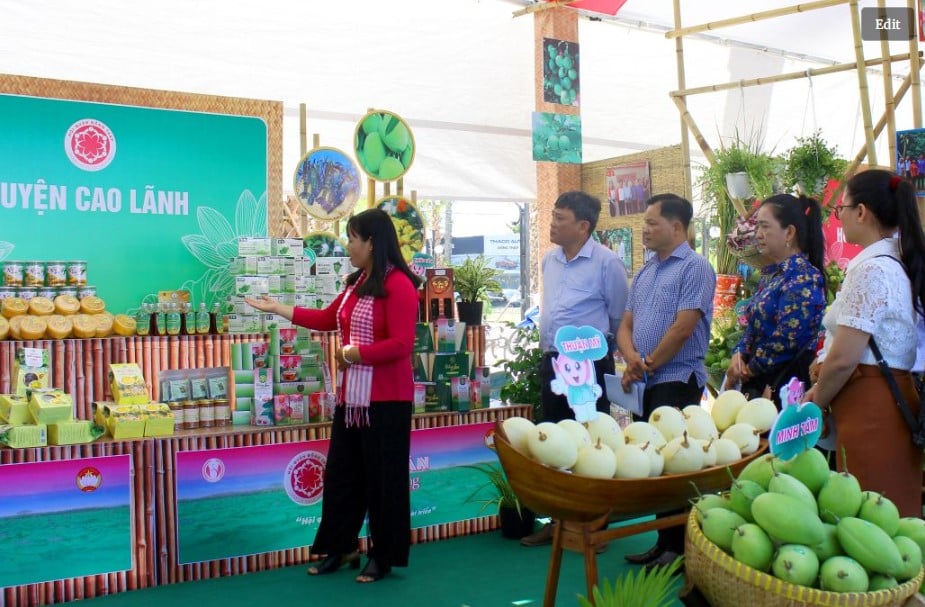

Comment (0)